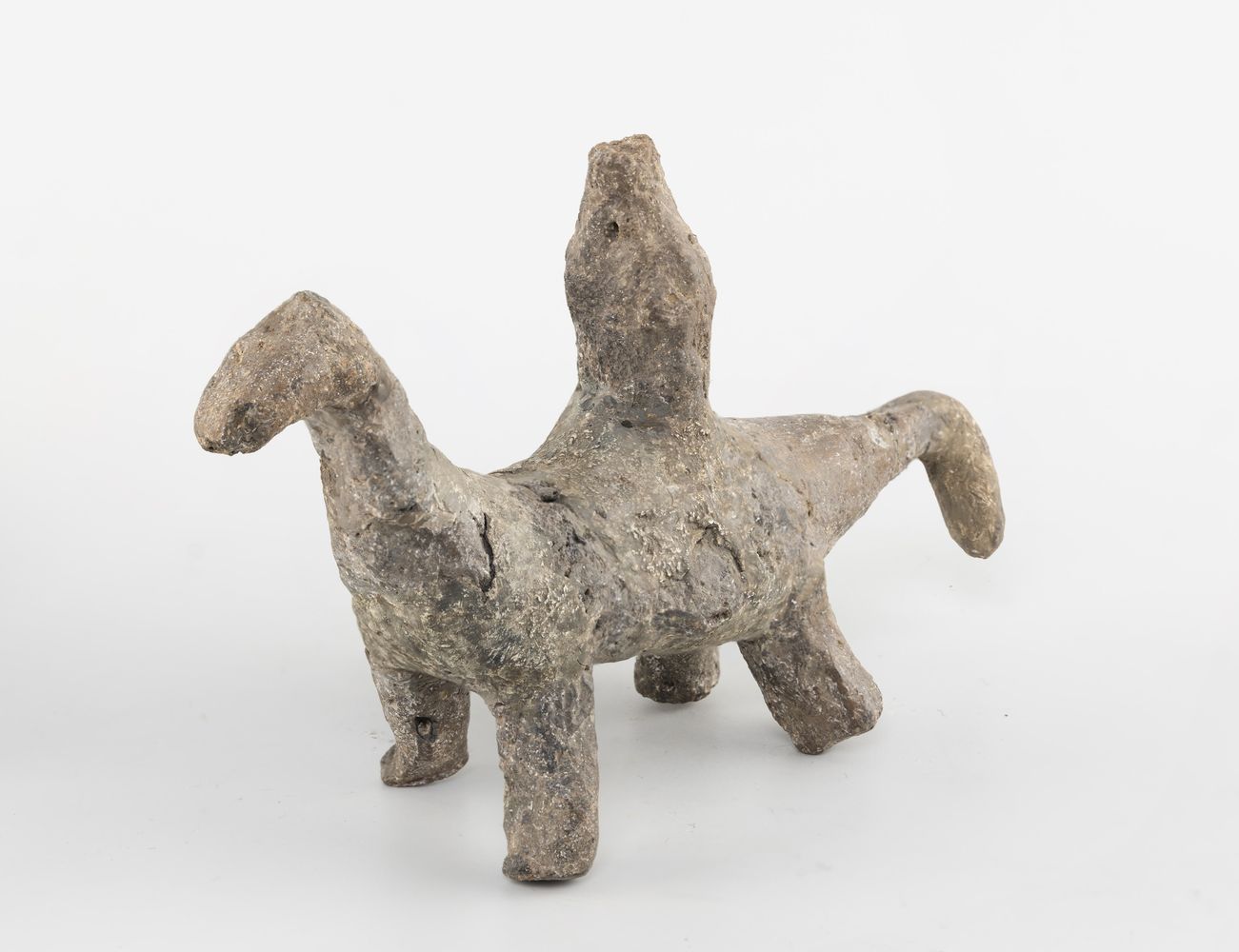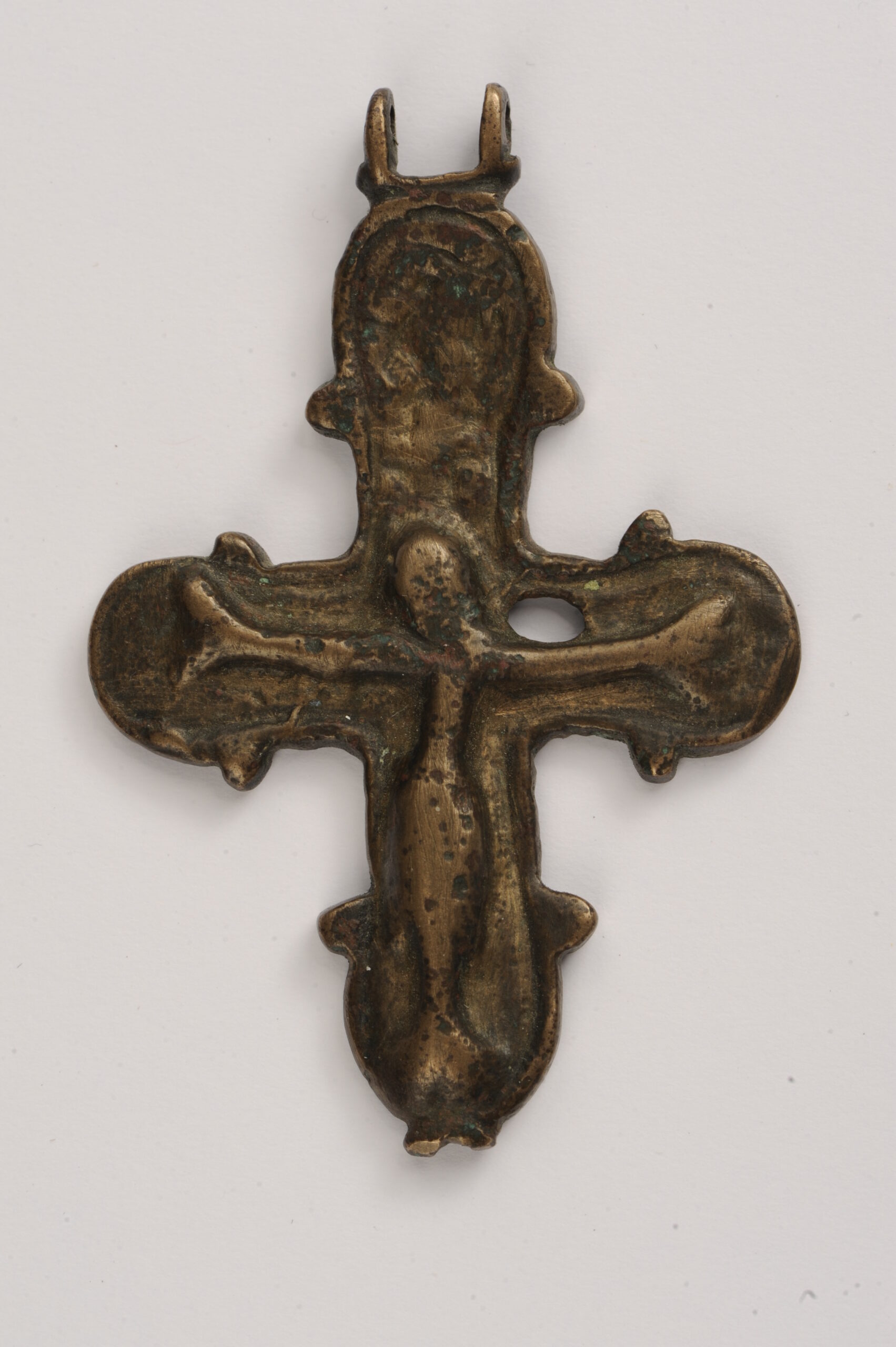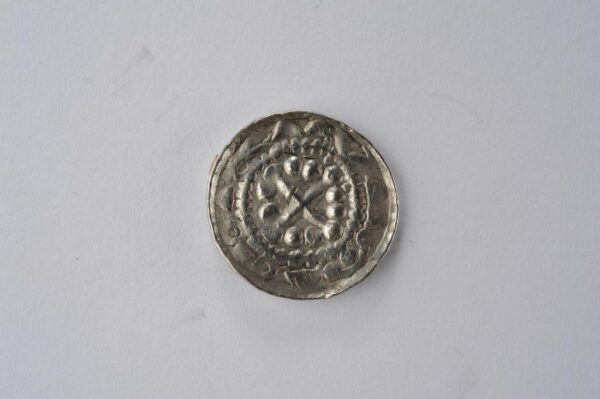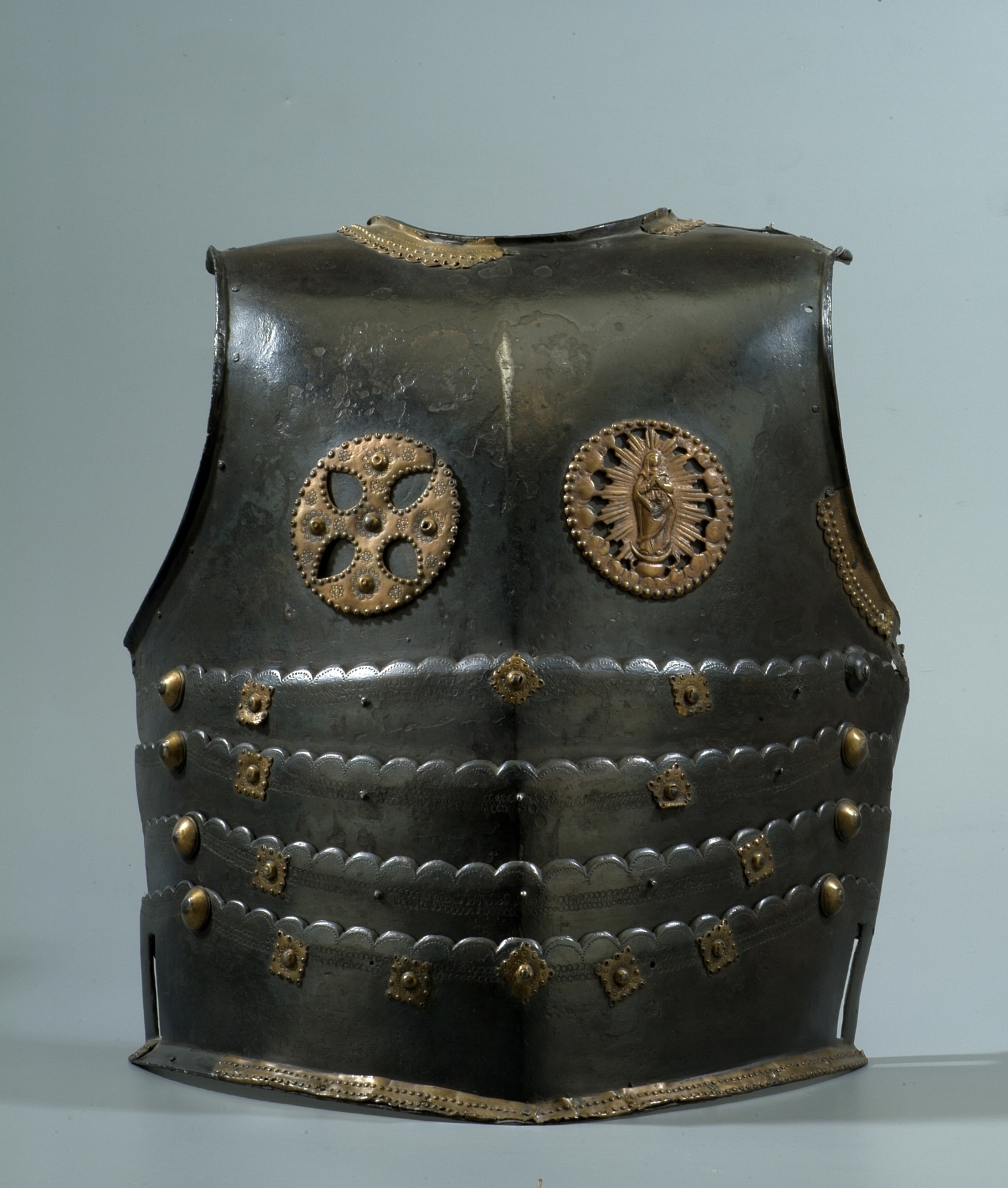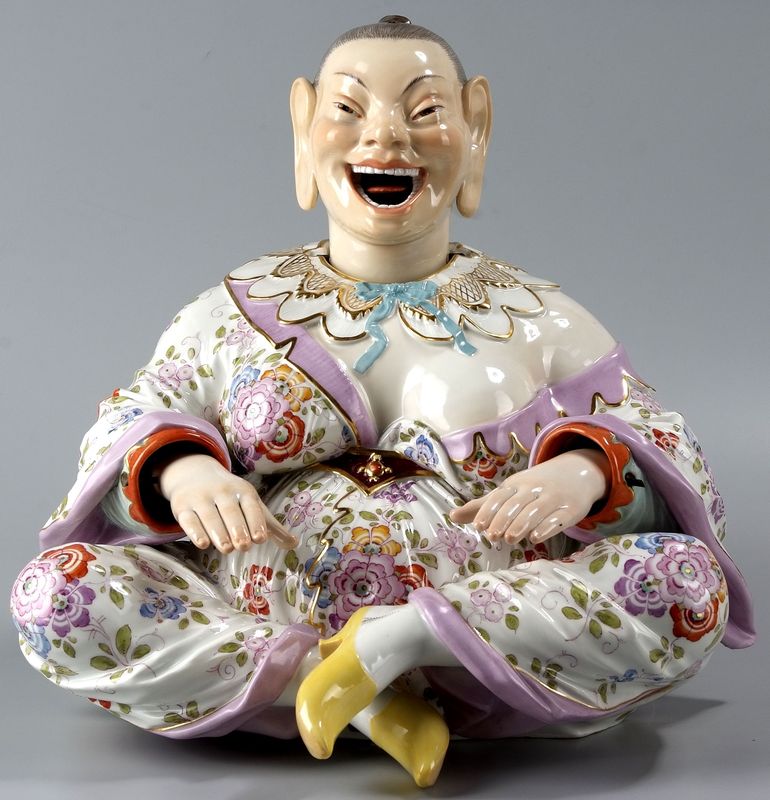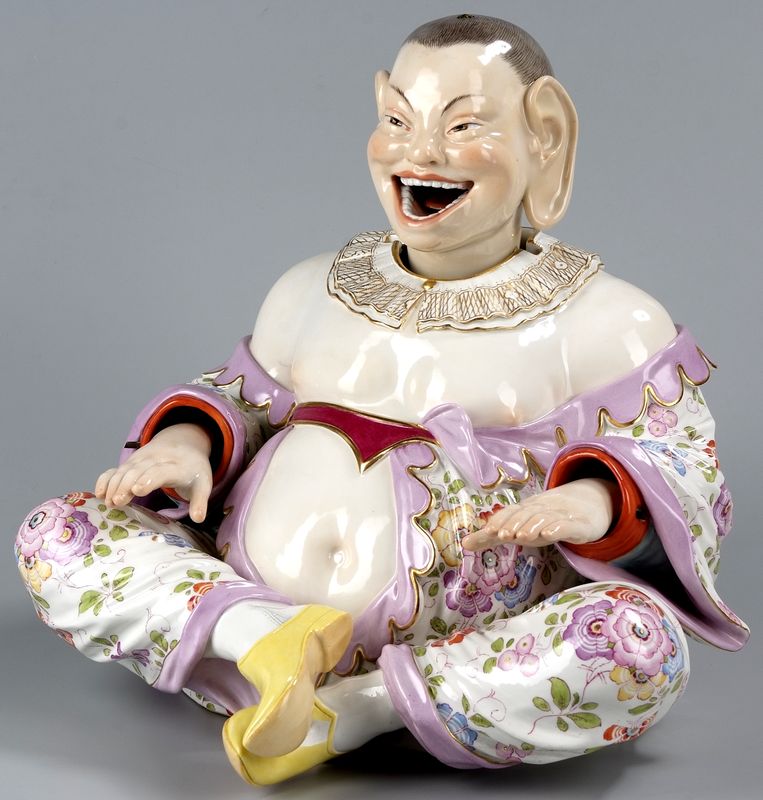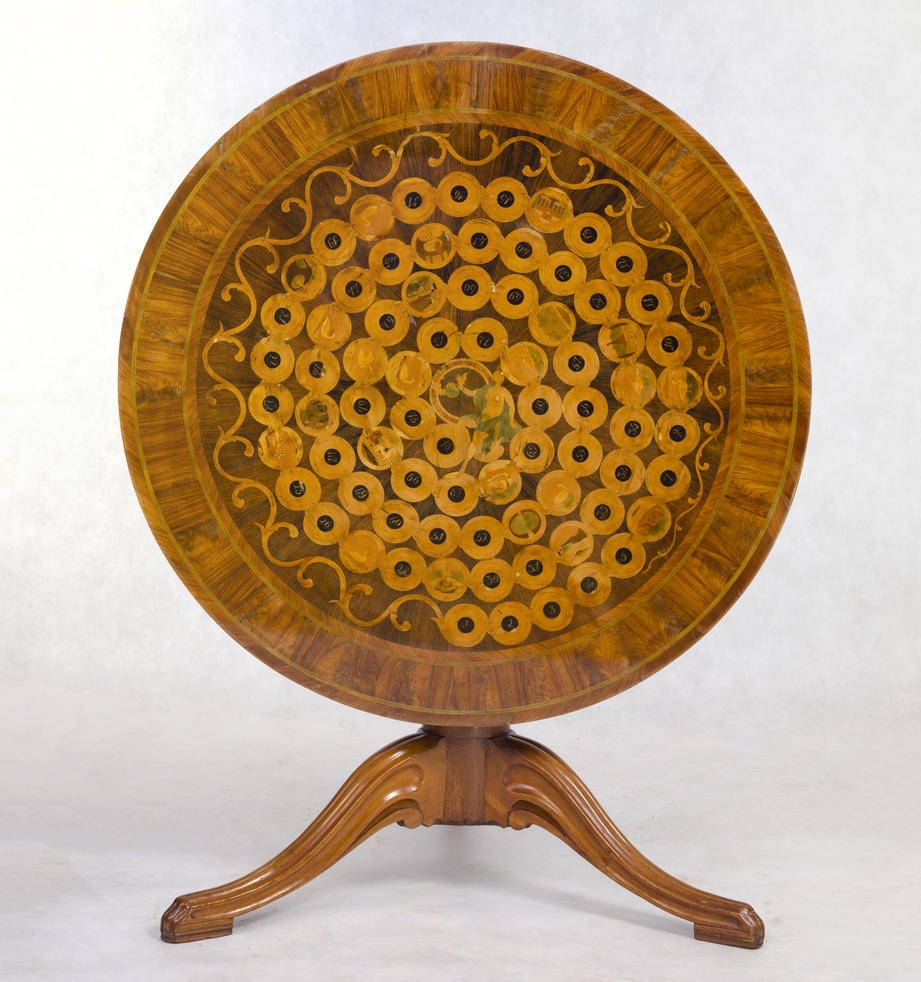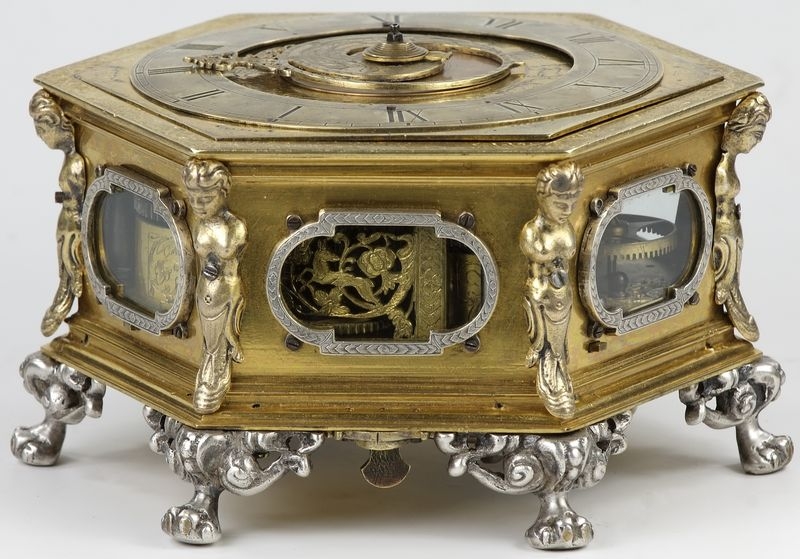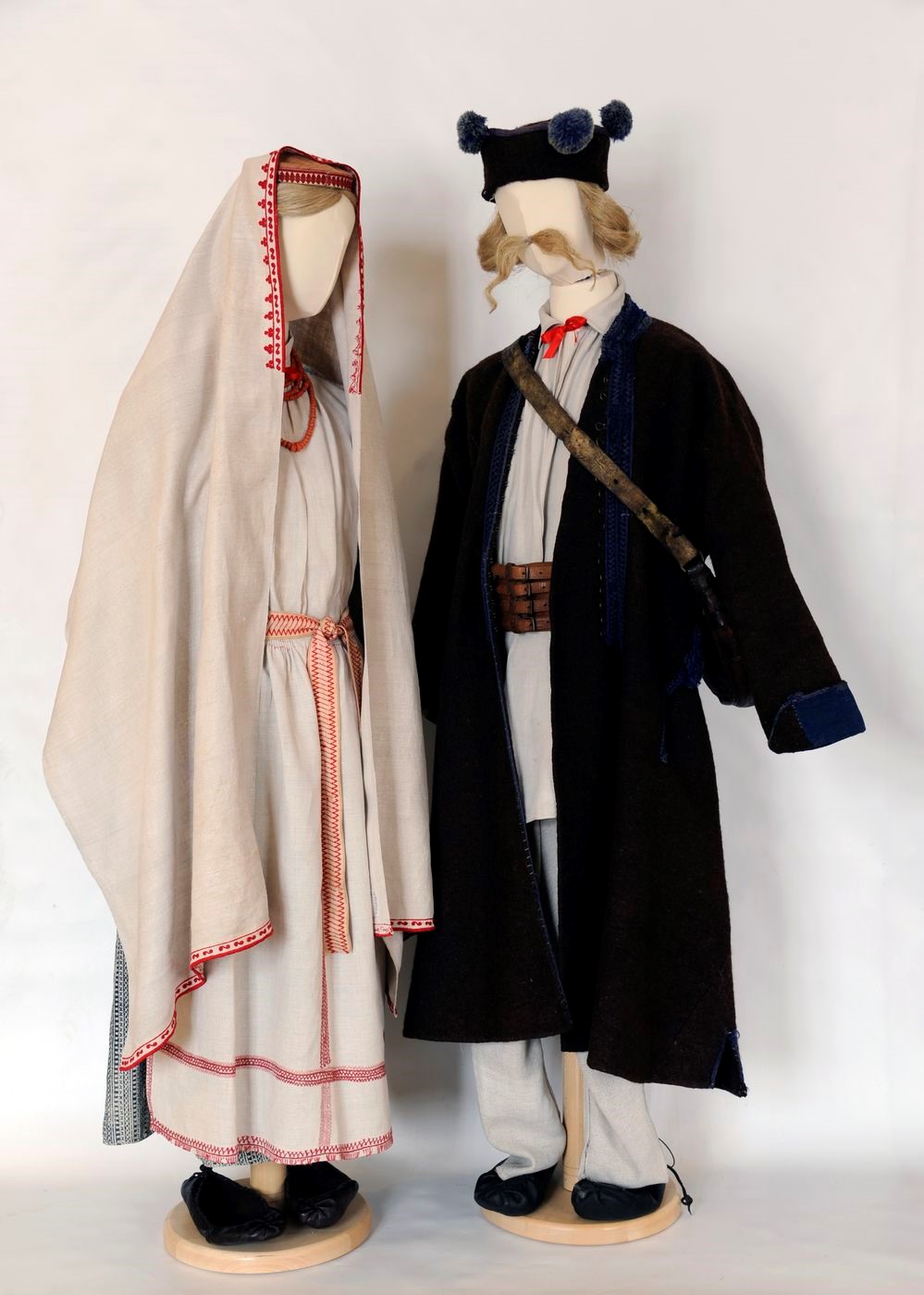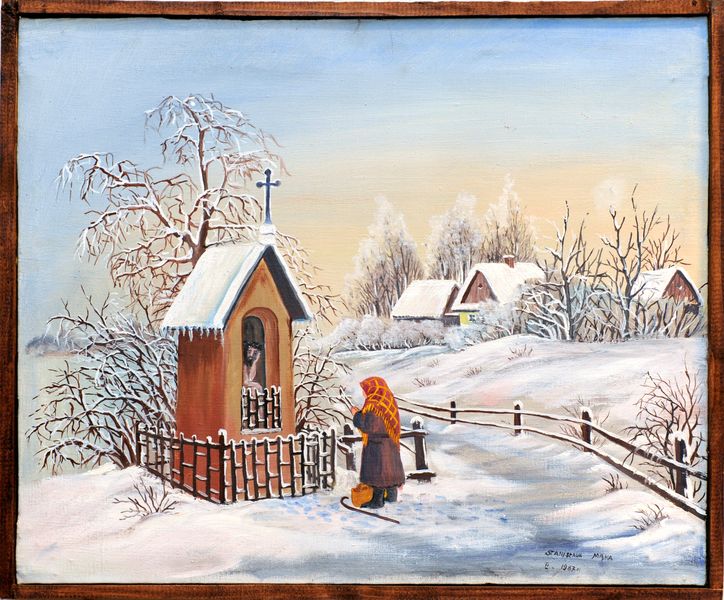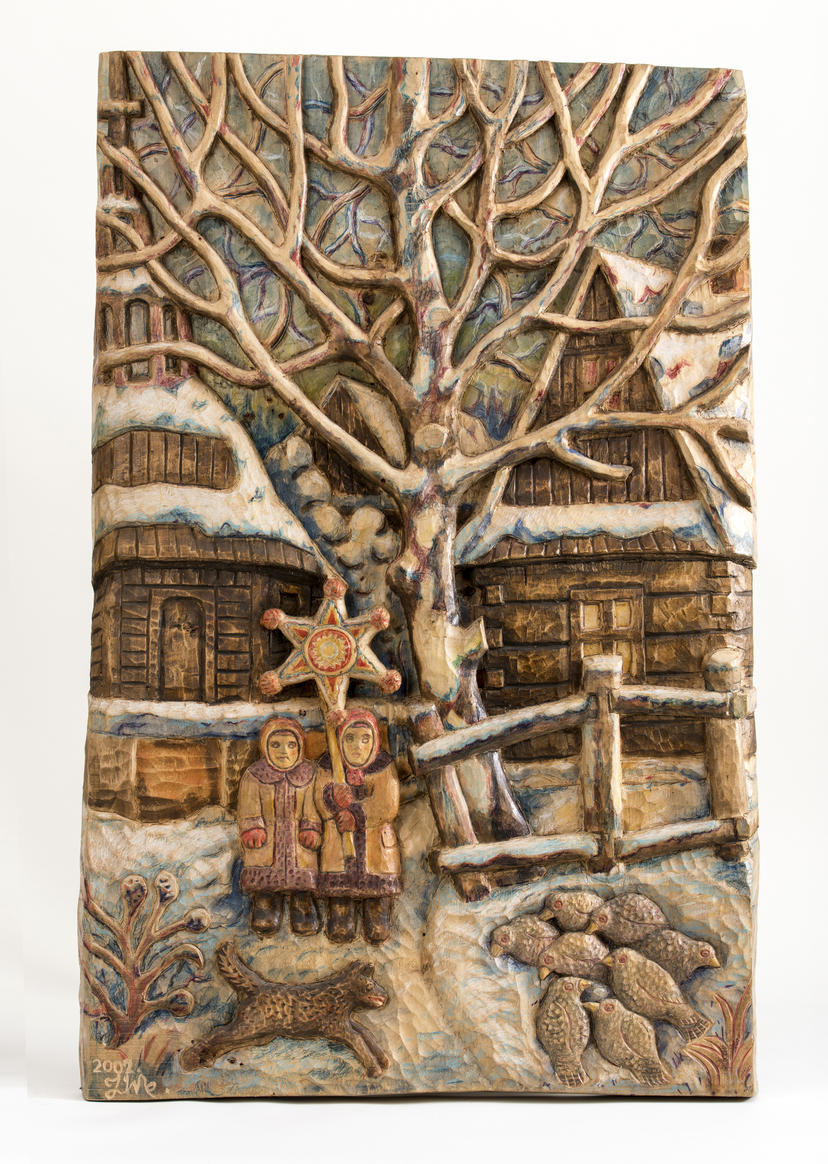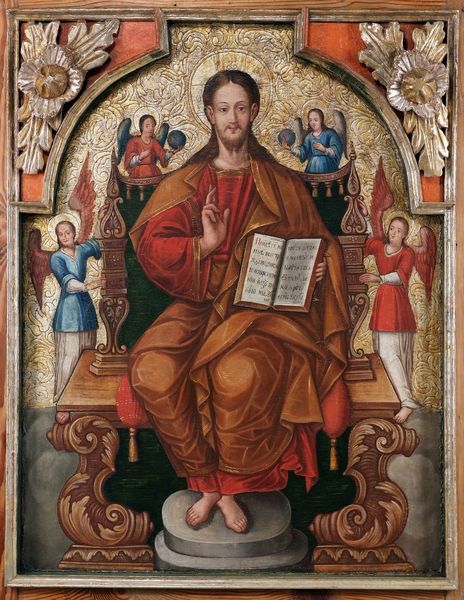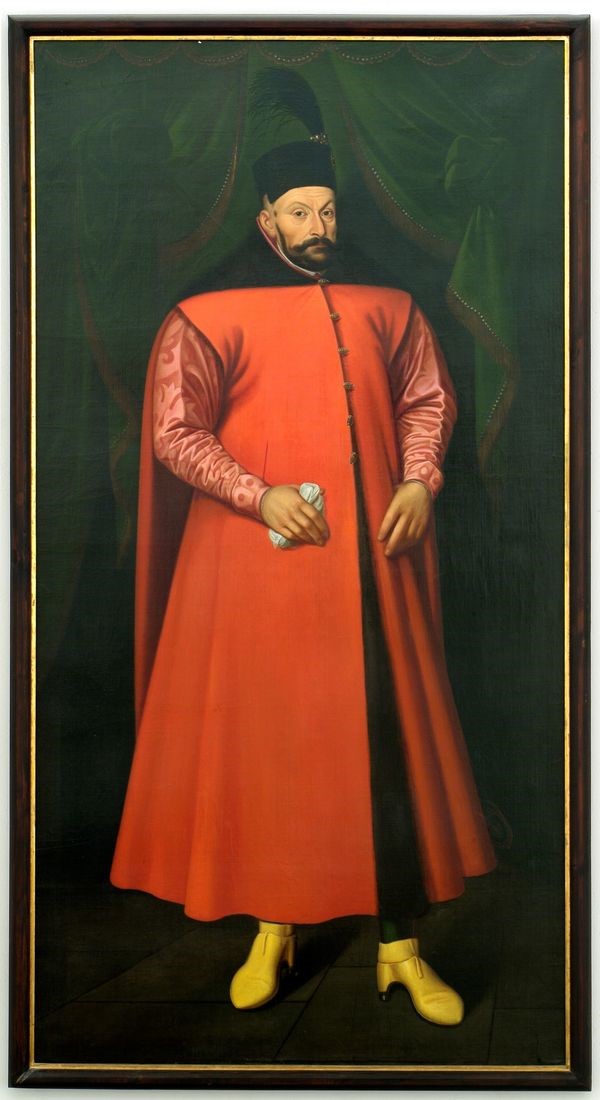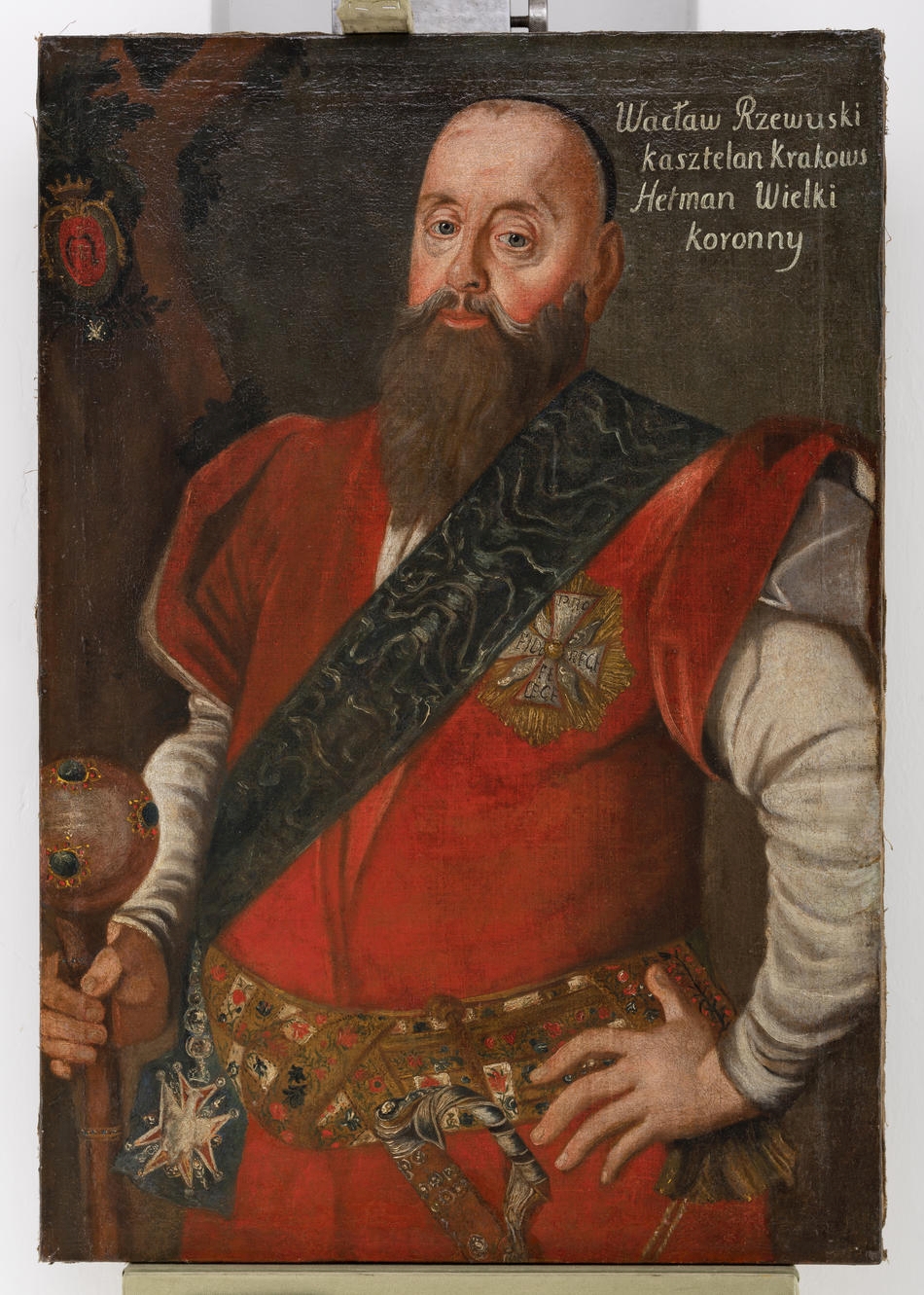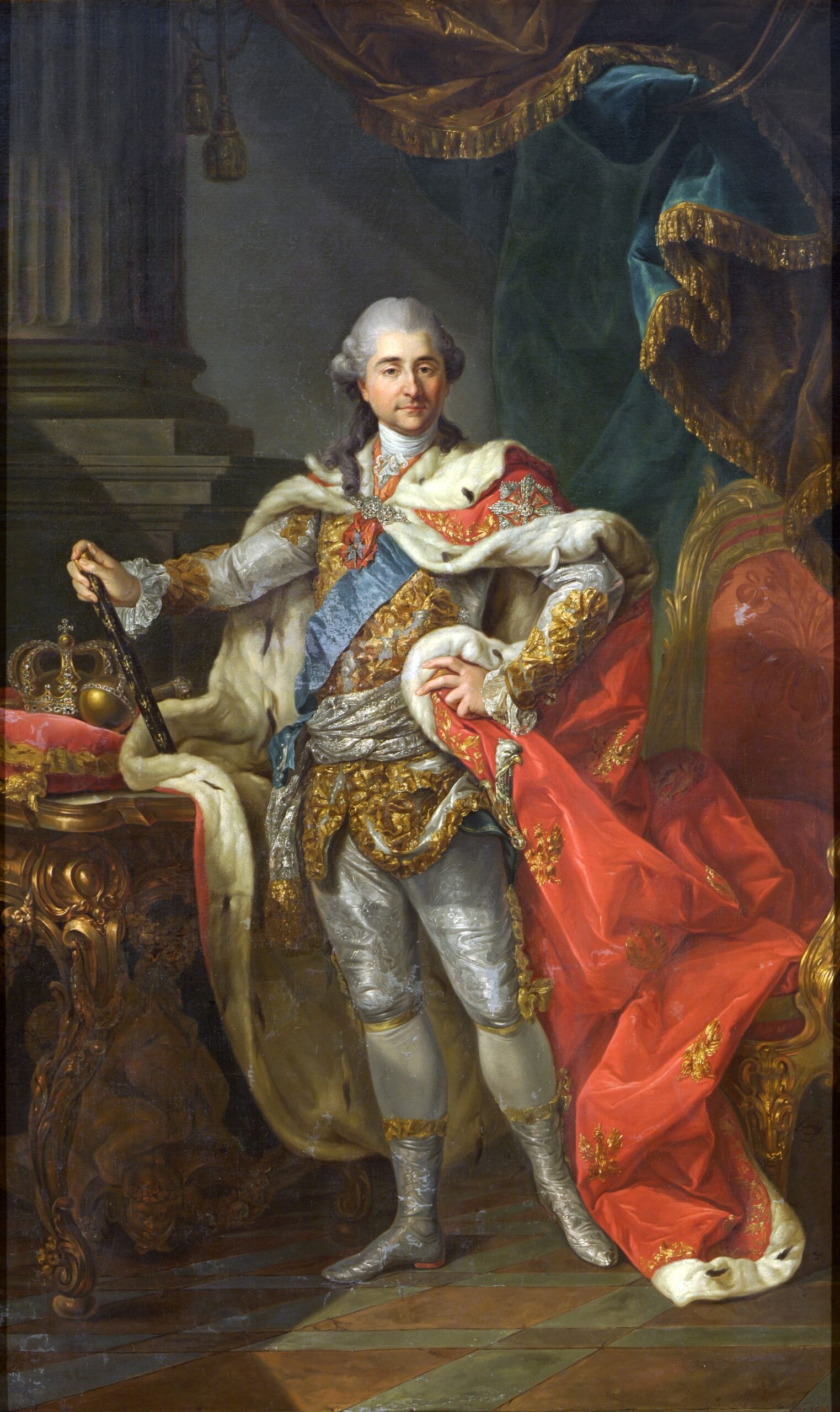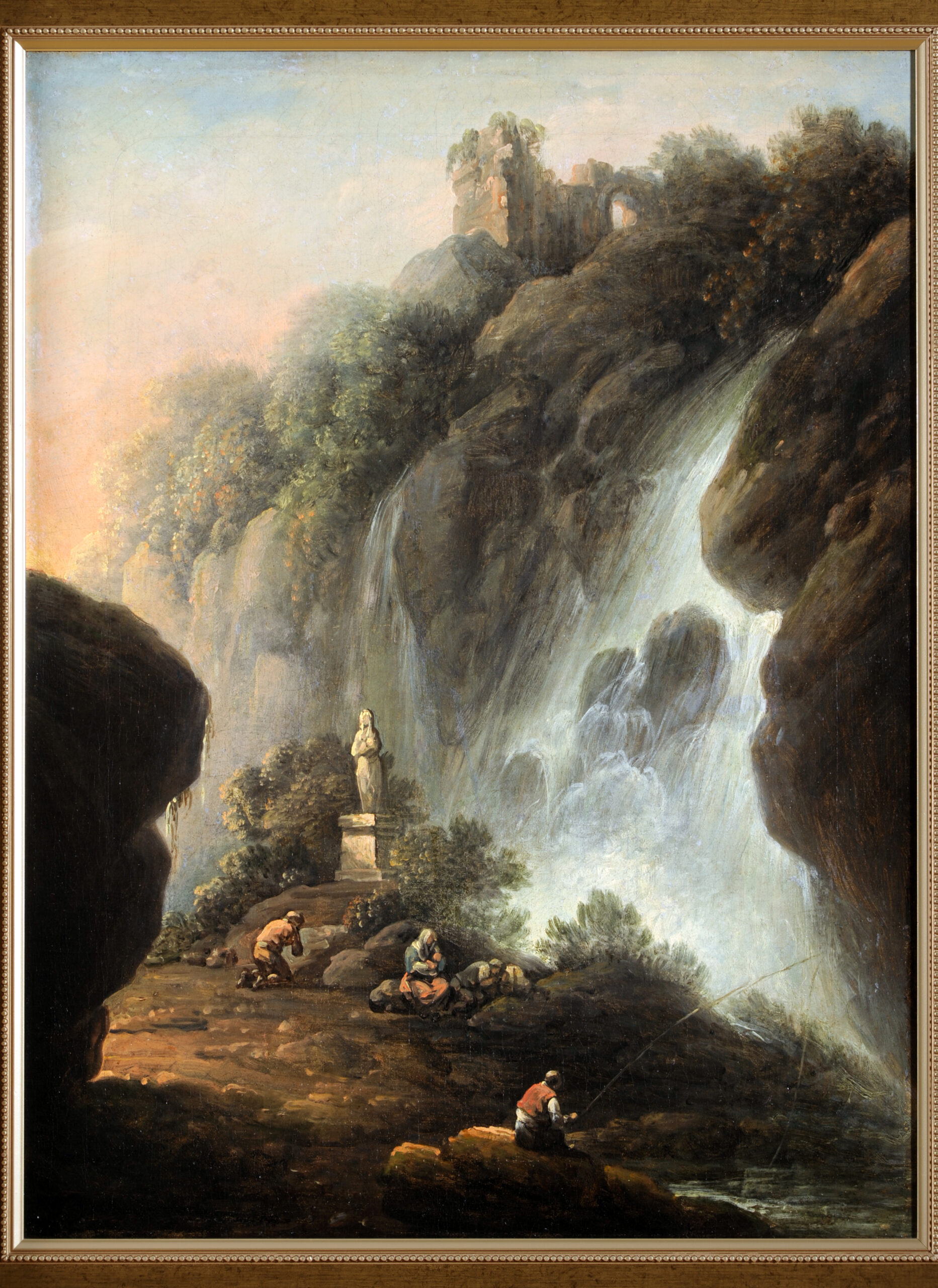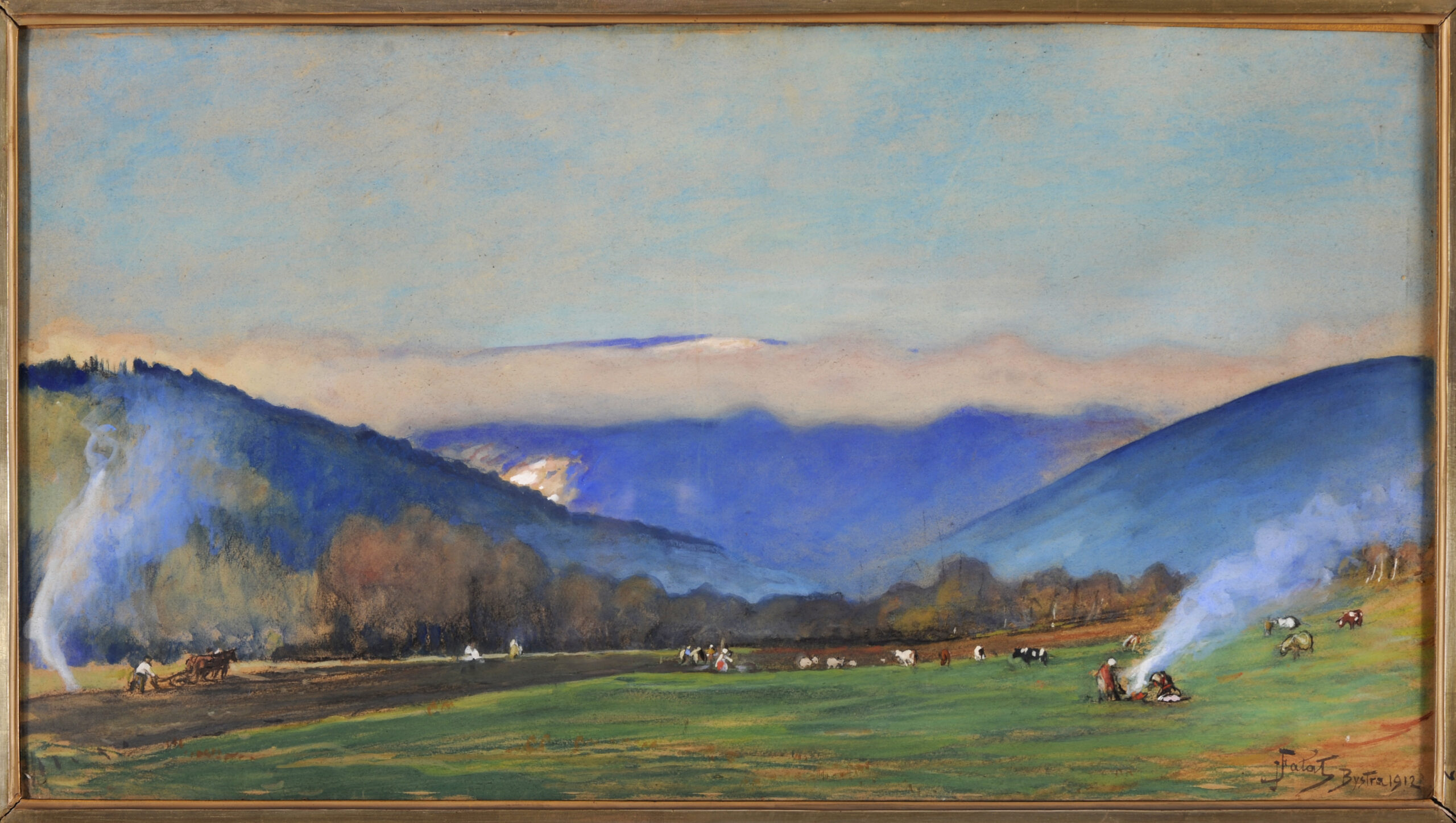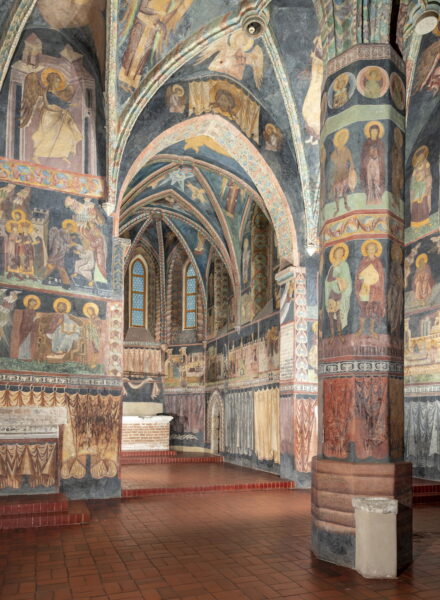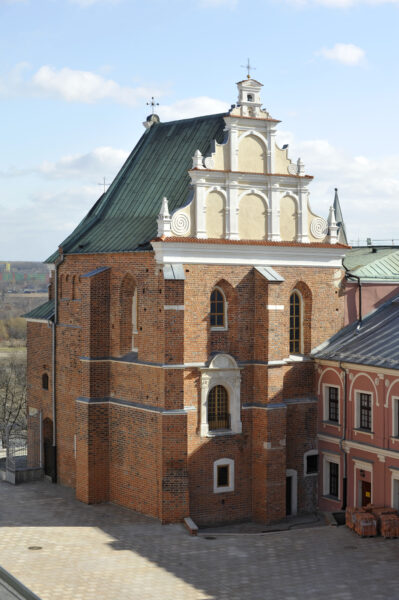Getting to the Museum
Public Transport
The museum is accessible by bus. It is located in the very center of the city, at Castle Square (Plac Zamkowy). The nearest bus stops are Muzeum Narodowe – Zamek 01 and Muzeum Narodowe – Zamek 02 (on the opposite side of the street). The following bus lines stop there: 2, 5, 6, 17, 18, 22, 23, 24, 25, 29, 31, 32, 34, 39, 52, 57, 150, 301, and Zielona.
To reach the museum from the bus stop, you need to climb a set of high stairs leading from Castle Square to the top of the castle hill. To avoid the stairs, you can reach the museum via Zamkowa Street from the direction of Tysiąclecia Avenue, near the Romana Dmowskiego Roundabout. This route has a relatively gentle incline but is cobbled, which may be challenging for wheelchair users.
By Car
Only persons with mobility impairments can park directly in front of the museum at Zamkowa 9. To access this parking area from Tysiąclecia Avenue, turn right onto Zamkowa Street just before the Romana Dmowskiego Roundabout. Three parking spaces for people with disabilities are available at the top of the hill.
A public parking lot is available at Castle Square (access from Tysiąclecia Avenue or Kowalska Street). However, reaching the museum from this parking lot requires climbing a set of high stairs. The parking lot is paid, unguarded, and open 24/7. Fees must be paid at a parking meter and apply Monday to Friday from 8:00 AM to 6:00 PM. Outside these hours and on weekends, parking is free. The lot is occasionally unavailable due to concerts and other events taking place in Castle Square.
By Coach (Bus)
Coaches can park in designated spaces at Castle Square (access from Tysiąclecia Avenue) and the “Pod Zamkiem” parking lot (access from Unia Lubelska Avenue). Both parking areas require payment.
Accessibility of the Museum for People with Mobility Impairments
The National Museum in Lublin is accessible to visitors with mobility impairments. The main entrance is at courtyard level.
- Winter season: Entry is only possible through the main double doors in the gate on the right side (door width: 73 cm with one wing open, 158 cm with both wings open).
- Summer season: Additionally, glass double doors from the courtyard side are available (door width: 97 cm with one wing open, 193 cm with both wings open).
On the ground floor, visitors will find:
Cloakroom
Ticket office
Museum shop
Accessible restroom
A second accessible restroom is located in another part of the building, near the staircase leading to the Chapel of the Holy Trinity.
Exhibitions are located on three floors, which can be accessed via stairs, two elevators, and a vertical lift (in different parts of the museum).
To reach the Chapel of the Holy Trinity, take the elevator from the main hall to level +1, follow the corridor through the Folk Art of the Lublin Region exhibition to the end, then turn left and immediately right to enter the vestibule leading to the chapel.
Visitors in wheelchairs can access the cinema hall via the courtyard entrance (on the left side, midway along the courtyard). Once inside, they should use a vertical platform lift and then a ramp. An alternative route is via the museum interior—reach the temporary exhibitions hall, take the elevator to level -1, and then use the platform lift and ramp.
The only inaccessible area for visitors with mobility impairments is the Castle Tower (Keep). Due to conservation restrictions, installing an elevator is not possible. The high, winding stairs leading to the viewing terrace make it impossible for wheelchair users to visit this part of the museum.
Accessibility for People with Hearing Impairments
The ticket office and museum shop in the main hall on the ground floor are equipped with induction loops, marked with the international induction loop symbol (a crossed-out ear with the letter T on a blue background).
At the ticket office, visitors can connect with a remote sign language interpreter. This service is available:
Monday–Friday: 9:00 AM – 8:00 PM
Saturday: 9:00 AM – 2:00 PM
People with hearing aids equipped with induction coils can borrow audio guides with individual induction loops at no additional cost from the ticket office.
Stationary induction loops are available in:
The Gallery of 19th-20th Century Polish Painting
The Lecture Hall
The museum also has a portable induction loop for use during lectures, openings, and other events.
Visitors using sign language can borrow tablets with information about permanent exhibitions in Polish Sign Language (PJM).
Videos in PJM about the museum and its permanent exhibitions are available on YouTube:
Accessibility for People with Visual Impairments
Before visiting, blind and visually impaired visitors can access audio descriptions of the museum building and permanent exhibitions on the museum’s website.
In the main hall and on each floor, there are tactile museum maps in contrasting colors and Braille descriptions.
Selected objects have audio descriptions, available both on the museum’s website and as free audio guides from the ticket office.
The exhibition route is not specially marked, so we recommend visiting with an assistant or asking a staff member for guidance.
In the Chapel of the Holy Trinity, there is a tactile map showing the chapel layout and the placement of frescoes inside. It includes Braille descriptions and an audio feature—labels on the map can be read using a PenFriend device, available on-site.
Some exhibitions also include tactile graphics that can be explored through touch.
Accessibility for People with Intellectual Disabilities
Below is information about the National Museum in Lublin in Easy-to-Read (ETR) format:
National Museum in Lublin – Easy-to-Read Information [PDF (7MB)]
Easy-to-Read guides about permanent exhibitions:
- Traces of the Past: The Earliest History of the Lublin Region [PDF (2MB)]
- Coins and Medals in Polish Lands [PDF (3MB)]
- History of Weaponry and Battle Painting [PDF (10MB)]
- European Painting and Decorative Arts [PDF (24MB)]
- The Crown Tribunal in the History of the Republic [PDF (15MB)]
- The Gallery of Orthodox Church Paintings [PDF (3MB)]
- Folk Art of the Lublin Region [PDF (6MB)]
- The Gallery of 19th-20th Century Polish Painting [PDF (25MB)]
- The Zamek Group and Avant-garde Art [PDF (5MB)]
- The Chapel of the Holy Trinity [PDF (4MB)]
Visitor Guide Before Coming to the National Museum in Lublin:
[ Pre-Visit Guide to the National Museum [PDF (2MB)]]
Include them in the culture! 2
In 2016, as part of a project implemented by the Kultura Bez Barier (Culture Without Barriers) Foundation in Warsaw, a three-day training course on servicing disabled visitors was held at the National Museum in Lublin. Museum employees learned about the problems of people with sight, hearing and movement disabilities and tried to empathise with the role of people with disabilities. A large part of the training was devoted to the principles of writing audio description.
The cooperation resulted in the following amenities for people with disabilities:
- 10 audio descriptions for the blind,
- a film in Polish sign language about the history of the Museum and permanent exhibitions,
- typhlographics.
Touch the history – museum workshops for blind and visually impaired children
In 2017, a series of workshops for blind and visually impaired children and adolescents from the Prof. Zofia Sękowska Special Educational-Didactic Centre for Disabled Children and Youth in Lublin. They were attended by 30 participants from primary, middle and high schools. Each group took part in two meetings devoted to the history of the castle hill and the most valuable artefacts of the Museum. During the workshops, educational materials were used that were adapted to the participants’ cognitive abilities, especially activating the sense of touch, hearing and smell. Financing from the National Centre for Culture as part of the Very Young Culture program for 2016–2018 was allocated to the production and purchase of the following educational materials:
- typhlographs and relief prints of selected museum objects,
- binaural recordings of sounds related to the museum space and exhibits.
Art and literary competition “Lublin Castle throughout history”
On the occasion of the 700th anniversary of granting city rights to Lublin in 2017, a competition was organised aimed at children and young people from the Lublin Voivodeship with sight, hearing, movement and intellectual disabilities. The competition was conducted in two categories:
- “Lublin Castle in the eyes of a child” – an art category for primary school students,
- “Illustrated history of the Lublin castle” – an art and literary category for students of middle and high schools.
As part of the competition, 10 free lessons on the history of the castle and the castle hill were conducted, attended by students from special school and education centres from the region, students of integration classes, pupils of the Active Rehabilitation Foundation and young patients from the Children’s Clinical Hospital in Lublin. About 70 participants took part in the competition. The first prize was funded by the First Lady – Mrs. Agata Kornhauser-Duda.
Reading painting
Since 2016, the Museum has been cooperating with the Kultura Bez Barier (Culture Without Barriers) Foundation on a project consisting in making the collections of Polish museums and galleries available to people with sensory disabilities. As part of the project, selected objects from our Museum were digitised, audio descriptions, descriptions in a simplified text and translations into Polish sign language were created. The materials were published on the project website and in the application for mobile devices. Detailed information can be found at www.czytanieobrazow.pl.
Purchase of equipment for cultural activities adapted to people with sight and hearing disabilities
In 2017, the Museum received funding from the Minister of Culture and National Heritage under the “Cultural Infrastructure” program. The aim of the project was primarily to increase access to the cultural offer of the Museum for people with visual and hearing disabilities and to increase its attractiveness through the use of modern technologies. As part of the funding, the following was purchased:
- typhlographic plan of the Holy Trinity Chapel,
- tourguide system helpful in guiding tours,
- 3D printer,
- movie projector and large format screen,
- stationary and portable induction loop.
Modern technologies in the educational activity of the Museum as means of equal opportunities in access to culture
In 2018, the Museum received funding from the Minister of Culture and National Heritage as part of the “Cultural Infrastructure” program. The following equipment was purchased:
- 3D scanner with a computer and software for making detailed copies of monuments,
- braille printer for creating texts and educational materials for the blind.
